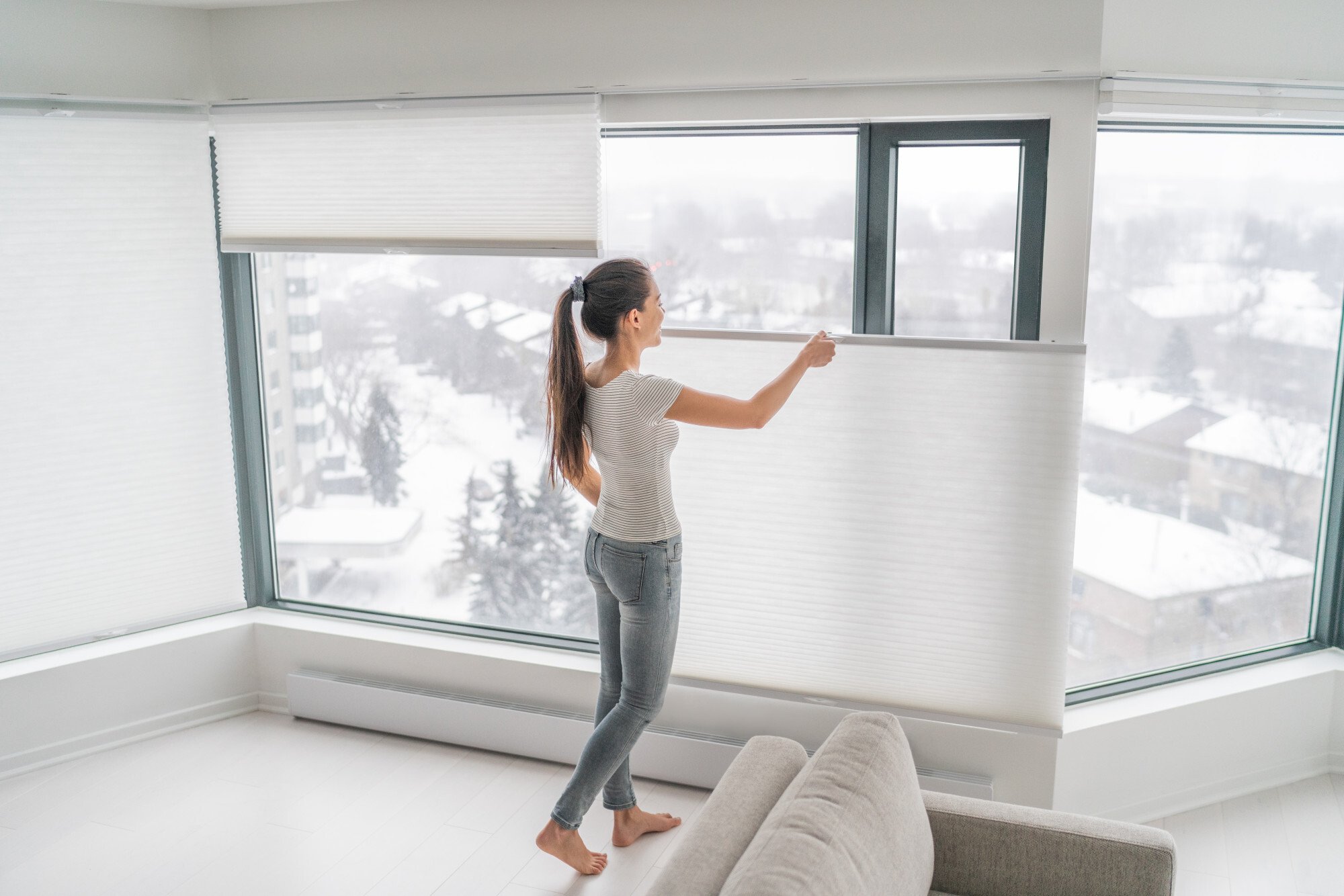Which Window Treatments Is Best?

Window coverings are usually considered any sort of covering used to cover an outdoor window to facilitate privacy, light, extra weatherproofing, or even for purely aesthetic purposes. For years, window coverings were considered an add-on service offered by window covering companies and installed by professional window dressers and installers. However, with the advent of new technologies and the ever-increasing demand for energy saving home decor, window coverings can be purchased today at discount prices from any number of online sources. If you are looking to update your home decor and make it more energy efficient, consider shopping for window treatments that are available in wholesale lots at competitive rates. Click for more useful information about window treatments.
The primary purpose of window coverings is to control the entry of heat and light into your home from outside, which is especially critical during the cold and heating seasons. They prevent heat gain on drafty windows and allow sunlight in during the hot months. Window coverings also reduce the need for air conditioning during the summer months when the heat and sun are most damaging. Depending on your location, some types of window coverings can also help reduce cooling costs by reducing the amount of radiant heat entering your home from windows. This is because the reflective surface makes heat exchanges less efficient, resulting in less energy use overall.
Window coverings come in a variety of materials such as vinyl, wood, faux, wood blinds, shutters, sheers and shades. Wood blinds are particularly effective at blocking direct sunlight while providing insulation against heat gain and loss. Wood and faux window coverings provide the best combination of insulating properties but are also the most costly and may not be the most energy-efficient choice.
One of the most popular window coverings in use today are retractable shades, which are available in a wide array of styles and colors to fit the decor of almost any room in the house. In addition to their versatility, vertical blinds offer the advantage of being able to fold down when not in use, or roll up when desired. Most vertical blinds have a motor that allows them to be opened and closed, while some may roll up into a "zeroelectronic" fold when not in use. For those homes with large windows, a folding screen may be a more appropriate solution.
Horizontal blinds and shades are another option available for those looking for window coverings that provide insulation and privacy. Some window coverings such as Roman shades and sheers offer both qualities, while others are designed only to provide the option of privacy while still providing heat control and/or thermal insulation. Some horizontal coverings such as roller shades and Roman shades are designed to meet all needs by providing privacy as well as thermal insulation. The bottom rail of some window coverings such as horizontal blinds, however, are designed to add tension and keep hair out of the air by securing the bottom rail tightly against the window frame or floor.
The cost and type of window coverings will depend on the exact specifications chosen. Window treatments should always include at least the headrail, which should extend all the way to the floor and should have no gaps in the corners where air can enter. The bottom rail is almost always made of some sort of material that provides added strength to ensure the window treatments do not break or become damaged due to continued stress. Additionally, most window coverings provide at least a 1-inch air gap between the bottom rail and window frame or glass, which helps prevent heat transfer through the window treatments when heated air is forced through them. Check out shutters Sacramento to get more info.
Kindly visit this link for useful reference: https://en.wikipedia.org/wiki/Window_treatment
